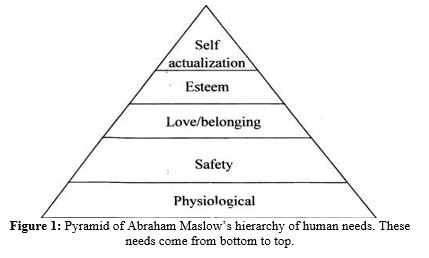Strategies of Reducing Malnutrition by Caregivers amongst Children 0-5 Years in Opiro Community
DOI:
https://doi.org/10.54117/ijph.v1i2.3Keywords:
Malnutrition, Malnutrition in children, Undernutrition, Overnutrition, Nutritional deficienciesAbstract
Malnutrition in children is common globally and results in both long-term and short-term irreversible negative outcomes including stunted growth, development defect, underweight and wasting. This study investigated strategies of reducing malnutrition by caregivers amongst children 0-5 years in Opiro community. The objectives of this study are: to assess the management of malnutrition among children 0-5years, to identify the measures taken to reduce malnutrition among children, 0-5 years by caregivers and 'to identify the factors influencing the prevalence of malnutrition among children 0-5years in Opiro Community. Related literature was reviewed. Abraham Maslow hierarchy of human needs was adopted in this study. A cross-sectional descriptive design was used for this study. Ninety-two (92) was determined as the sample size using the Taro Yamen formula from a target population of 114. A purposive sampling technique was used. A self-developed questionnaire consisting of two sections was used. Section A consists of personal data of the respondents, section B consists of 11 items on variables of the study. Face and content validity of the instrument was done by the research supervisor. A test-retest method was used to measure the reliability. Pearson product-moment correlation coefficient was adopted to analyse the result which yielded was 0.85. The data were analysed using frequency, percentages, mean and presented on tables. Findings revealed that the majority of the respondents adopt adequate breastfeeding and balanced diet in the management of malnutrition, early diagnosis of any lag in growth and adequate environmental and personal hygiene are measures taken to reduce malnutrition and also poverty is one of the leading factors influencing the prevalence of malnutrition. The following recommendations were made; caregivers should be properly health educated on the importance of adequate breastfeeding, nurses and other health workers should educate caregivers on the causes and prevention of malnutrition etc.

Downloads
Published
How to Cite
Issue
Section
License
Copyright (c) 2022 Jane Baridah Kue, Udo Orukwowu, Ajumoke Onita

This work is licensed under a Creative Commons Attribution 4.0 International License.
